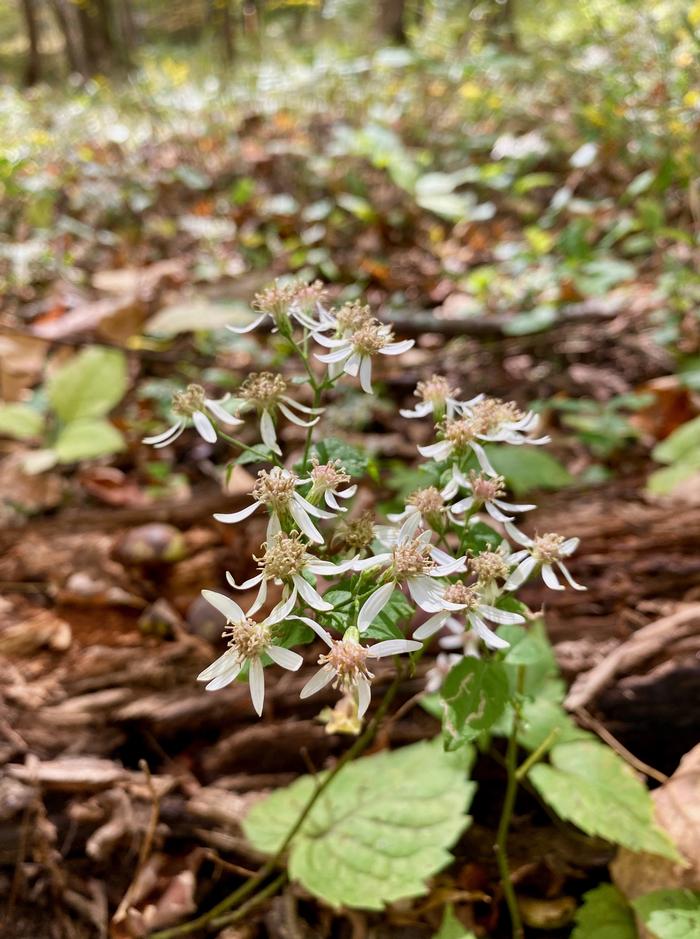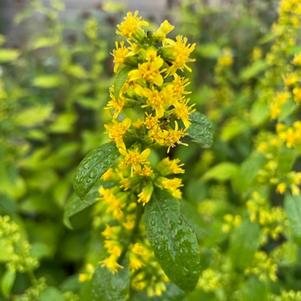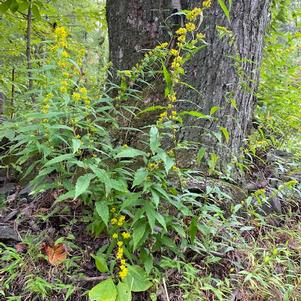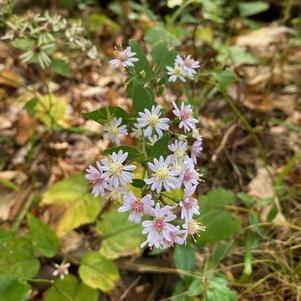« Previous Plant | Next Plant »
Eurybia divaricata
White Wood Aster
Eurybia divaricata is a low-growing woodland perennial found growing in full to partial shade. White wood aster prefers average to dry soils, usually in upland forest habitats. When not in bloom White wood aster creates a dense groundcover of heart shaped leaves which can out compete other weeds and holds space as a green mulch. Eurybia divaricata can also be found growing along roadsides, woodland edges, and open clearings. White wood aster grows to 2-3 ft tall, spreading by rhizomes or by seed. Numerous white, ray flower petals around a central yellow disk decorate a delicate stem, atop heart-shaped leaves. Blooming September to November. White wood aster is drought and juglans tolerant. As a late season bloomer, Eurybia divaricata is an important plant for late-season pollinators.
- » Black walnut tolerant
- » Fall bloom
- » Late season pollinator species





Starting early spring, the heart-shaped leaves of Eurybia divaricata are growing across the woodland floor, tucked in and around tall trees and shrubs. White wood asters are able to handle partial to thick shade and dry to slightly moist soils. While Eurybia is a colonizer, spreading by rhizome and by seed, Eurybia divaricata never seems over crowded. They grow in and around other plants quite peacefully. For this reason, they make an excellent ground cover. Starting in early May, their foliage will emerge and persist low to the ground. By late September through October Eurybia divaricata is setting an abundance of blooms. Their flowers are a classic composite flower with white ray petals and yellow disk flowers which fade to a reddish-pink later in the season. They attract late-season pollinators, like beetles and butterflies, an abundant food source. By winter, their still-standing seed heads will provide many songbirds, like goldfinches and juncos, a mid-winter treat.